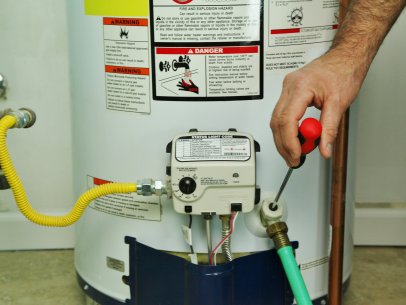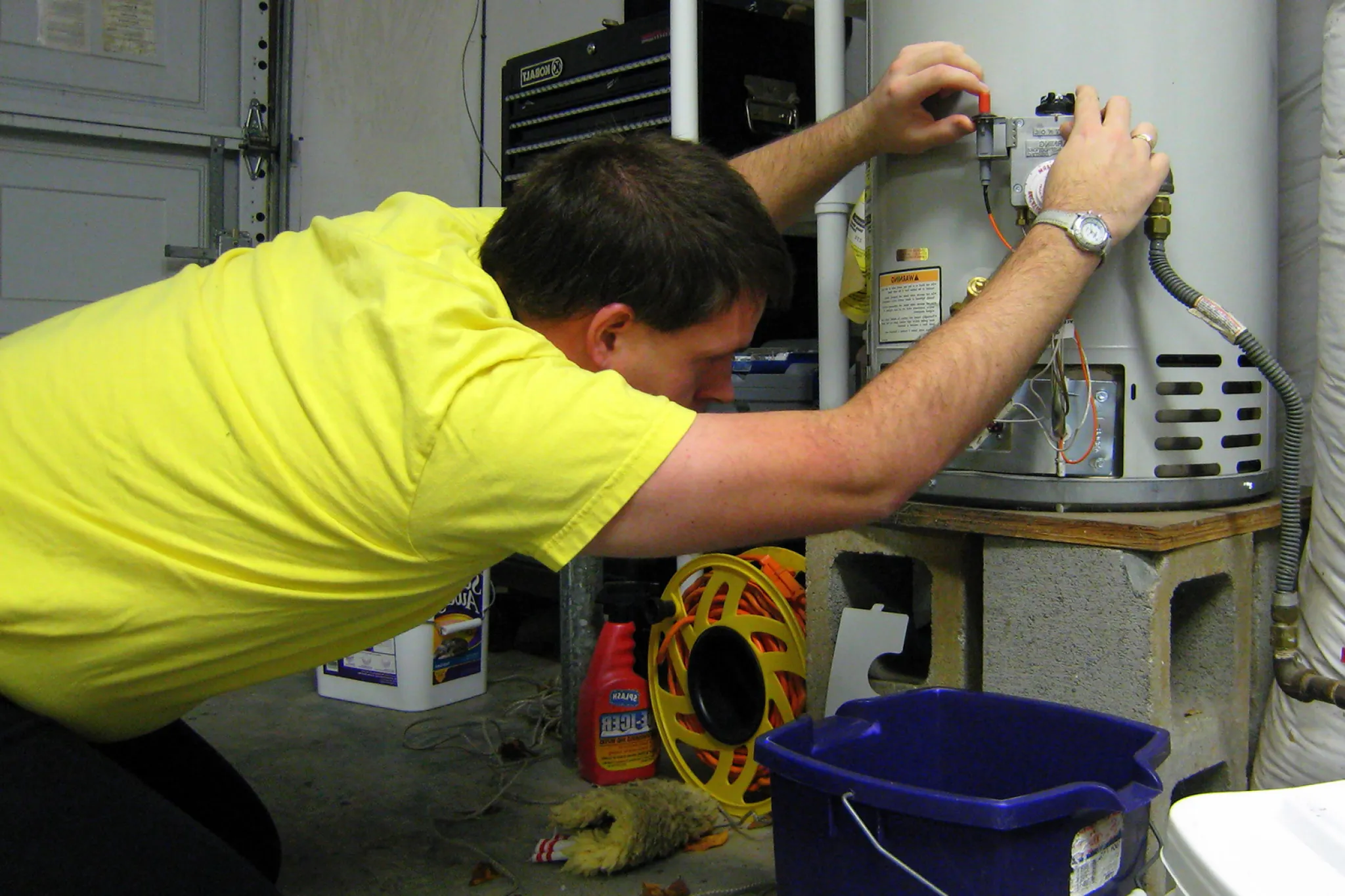In this article on the next paragraphs you can locate additional helpful guidance when it comes to How to Maintain a Hot Water Heater in a Few Simple Steps.

Hot water is necessary for daily comfort, whether it's for a rejuvenating shower or cleaning recipes. To guarantee your warm water system runs efficiently and lasts longer, routine upkeep is vital. This short article supplies practical suggestions and understandings on just how to keep your home's hot water system to avoid interruptions and expensive repair services.
Intro
Maintaining your home's hot water system might seem complicated, yet with a couple of basic actions, you can guarantee it runs efficiently for several years ahead. This guide covers whatever from recognizing your warm water system to do it yourself upkeep pointers and recognizing when to call professional aid.
Importance of Keeping Your Warm Water System
Normal upkeep not just prolongs the life expectancy of your warm water system but also ensures it operates effectively. Ignoring maintenance can bring about reduced efficiency, greater power costs, and also early failing of the system.
Indicators Your Warm Water System Needs Maintenance
Knowing when your hot water system needs attention can protect against major concerns. Keep an eye out for indications such as inconsistent water temperature, odd noises from the heater, or rusty water.
Purging the Hot Water Heater
Flushing your water heater removes sediment build-up, enhancing effectiveness and prolonging its life.
Monitoring and Changing Anode Rods
Anode rods prevent corrosion inside the container. Checking and replacing them when worn out is crucial.
Facility Problems Requiring Professional Aid
Examples consist of significant leaks, electric issues, or if your water heater is consistently underperforming.
Regular Professional Upkeep Perks
Professional upkeep can include detailed examinations, tune-ups, and making sure compliance with safety and security requirements.
Inspecting and Readjusting Temperature Setups
Adjusting the temperature setups guarantees optimal efficiency and safety.
DIY Tips for Upkeep
You can do numerous maintenance tasks yourself to keep your hot water system in leading problem.
Checking for Leakages
Regularly evaluate pipes and links for leaks, as these can cause water damage and greater bills.
Recognizing Your Hot Water System
Before diving into upkeep tasks, it's helpful to recognize the basic parts of your hot water system. Normally, this includes the hot water heater itself, pipes, anode poles, and temperature controls.
Regular Monthly Upkeep Tasks
Normal monthly checks can assist capture minor concerns prior to they rise.
Testing Pressure Alleviation Valves
Testing the stress relief valve guarantees it operates properly and avoids too much pressure build-up.
Shielding Pipes
Insulating warm water pipelines reduces heat loss and can conserve energy.
When to Call a Specialist
While DIY maintenance is helpful, some concerns require professional know-how.
Verdict
Regular maintenance of your home's hot water system is necessary for performance, longevity, and cost savings. By complying with these ideas and recognizing when to look for specialist aid, you can ensure a trustworthy supply of warm water without unexpected disruptions.
How to Maintain an Instant Hot Water Heater
Before tinkering with your hot water heater, make sure that it’s not powered on. You also have to turn off the main circuit breaker and shut off the main gas line to prevent accidents. Also turn off the water valves connected to your unit to prevent water from flowing into and out of the appliance. 2. When you’re done, you have to detach the purge valves’ caps. These look like the letter “T” and are situated on either side of the water valves. Doing so will release any pressure that has accumulated inside the valves while at the same time avoid hot water from shooting out and burning your skin. 3. When the purge valves’ caps are removed, you have to connect your hosing lines to the valves. Your unit should have come with three hoses but if it didn’t, you can purchase these things from any hardware or home repair shops. You can also get them from retail stores that sell water heating systems. Read the user’s manual and follow it to complete this task properly. When the hosing lines are connected, open the purge port’s valves. 4. You should never use harsh chemical cleaners or solutions when cleaning your unit. Make use of white vinegar instead. It should be undiluted and you’ll probably use about 2 gallons. 5. Now flush your water heater. This task should probably take about 40 minutes. We can’t give you specific directions for this because the procedure is carried out depending on the type, model and brand of your heater. With that being said, refer to the user’s manual. 6. When you’re done draining the unit, you have to turn off the purge port valves again. Remove the hosing lines that you earlier installed on each of the water valves. Put the valve caps (purge port) back in their respective places and be very careful so as not to damage the rubber discs that are found inside these caps. 7. Now that everything’s back in place, check your user’s manual again to find out how to reactivate your water heating system. 8. Once it is working, turn one of your hot water faucets on just to let air pass through the heater’s water supply pipes. Leave the tap on until water flows smoothly out of it. https://www.orrplumbing.com/blog/2014/september/how-to-maintain-an-instant-hot-water-heater/

We are very drawn to What Kind of Maintenance Do Water Heaters Need? and I hope you liked our blog entry. Sharing is caring. You just don't know, you will be helping someone out. I enjoy your readership.
Schedule Now!